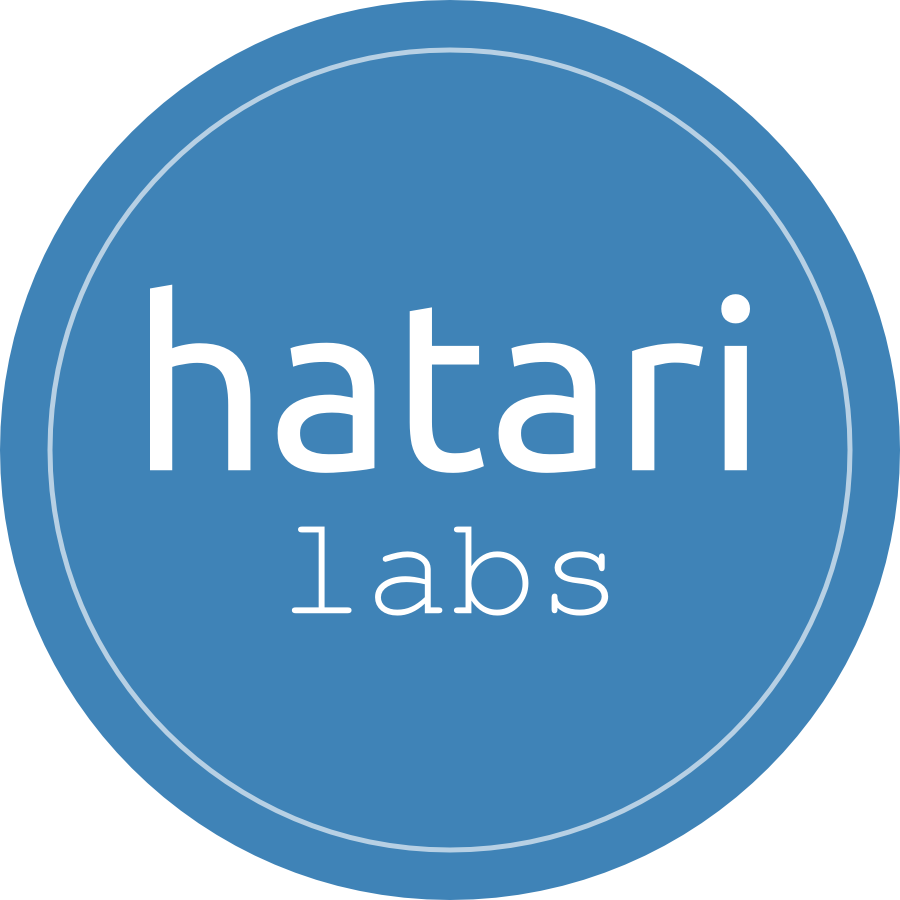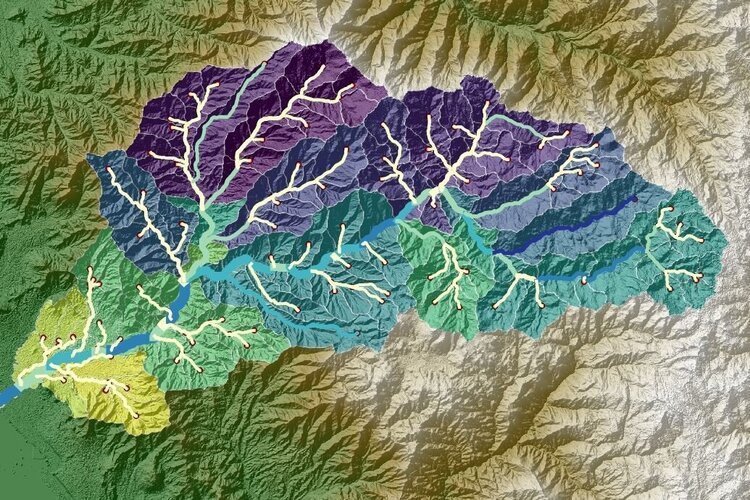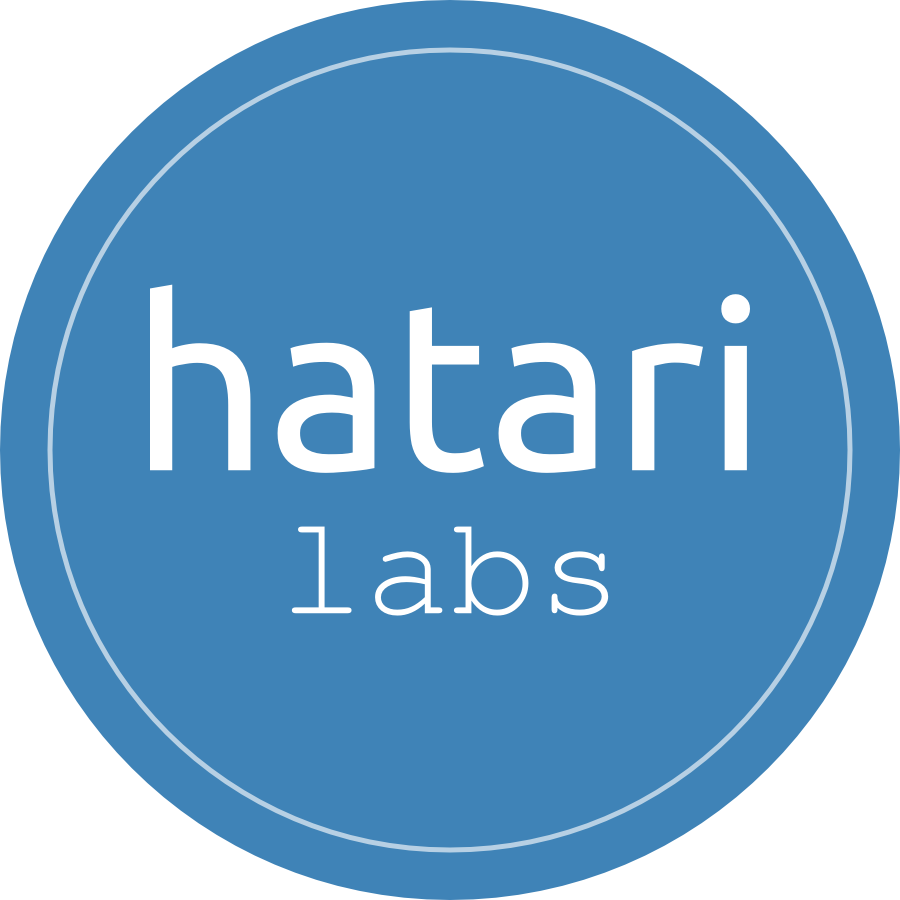How to make an Environmental Impact Assessment (EIA) using only Open Source software?
/The study of the environment, the understanding of the water cycle / atmospheric processes and the interaction with the aquatic and terrestrial ecosystems need advanced analysis tools. It is important to understand how the environment works and the potential impacts of our actions in the future. This goes further than a regulatory approach, we need a constant search and evolution of codes and models and this is where open source software has important advantages.
This article shows the most important open source software that can be used to make the different sections of an EIA.
Read More
























